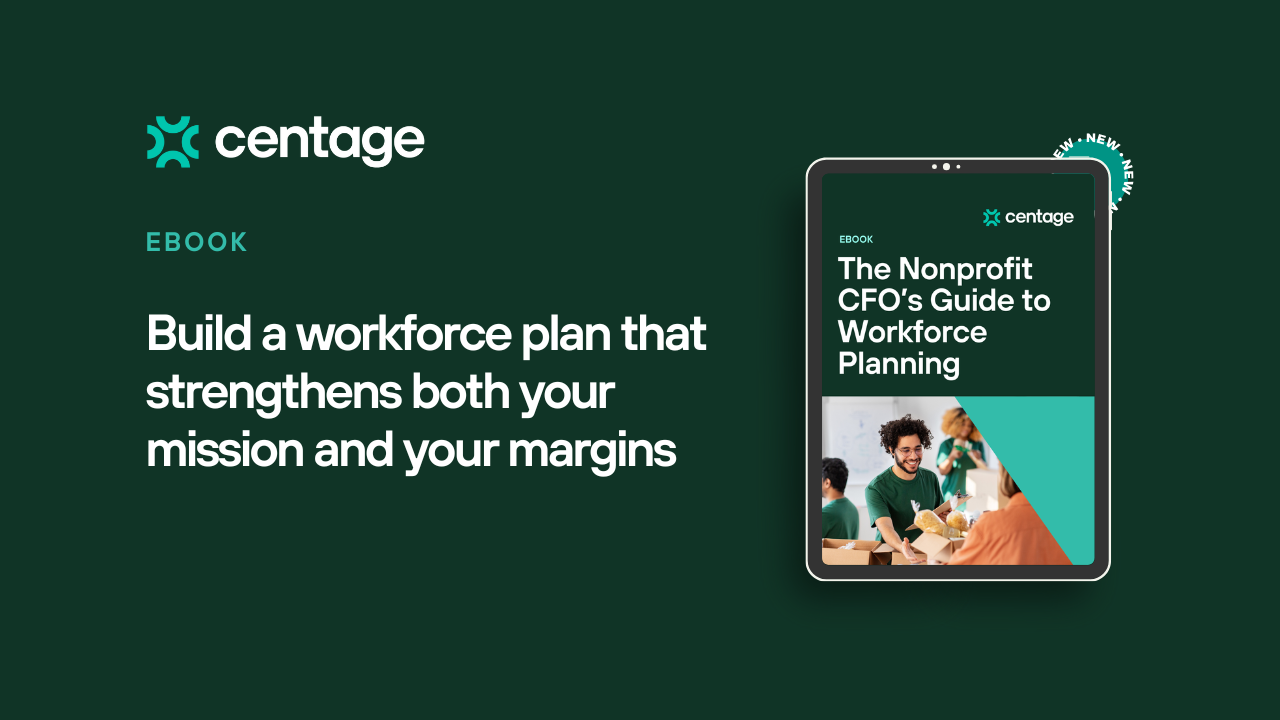How to Proactively Increase Employee Engagement – Part 2

Everyday secrets to increasing employees’ engagement
In part one we saw how the first 90 days of employment, or actually starting with the initial interview, can play a major role in retaining employees and increasing their engagement with the company. The first article in the series, introduced the concepts of employee engagement, its many benefits to the company and its employees and why companies must make this a top priority.
In this installment we are going to see how company managers, on all levels, with employee participation, can have a major role in increasing employee engagement. First and foremost, managers need to acknowledge that all employees are extremely valuable to the company, regardless of their roles and responsibilities. They were hired in response to a need, filling an existing vacancy or perhaps in order to develop a new product or service line or enhance existing operations and therefore, it is the manager’s responsibility to convey this to their employees.
Employees need to know they are appreciated and respected by management and that the company takes interest in their personal goals and aspirations and will offer learning and growth opportunities within the company. Employees must always realize that they are working for a great company, increasing their desire to contribute to the success of the organization. As with all major initiatives, increasing and maintaining employee engagement must be endorsed by the company’s senior management and faithfully sponsored and practiced by the HR department whose employees must be fully engaged in order for this initiative to gain momentum and produce meaningful results.
The following are things that help to motivate employees (based on ideas from Dale Carnegie and Associates, Inc. training methods):
- Trying to get to know what motivates employees and honor their uniqueness and diversity.
- Having an open-door policy, demonstrating trust and treating employees fairly.
- Communicating expectations and providing help.
- Encouraging supportive relationships among team members.
- Showing sincere appreciation for both efforts and results.
- Getting to know the employees on a personal level.
- Listening attentively to employees’ ideas and suggestions.
- Communicating with employees frequently and clearly about the big picture.
- Providing employees with a sense of shared values and personal involvement.
- Having a collaborative approach to decision making and conflict resolution.
- Trusting and empowering employees to make independent decisions.
- Constantly demonstrating that employees are valued.
- Discussing employees’ career goals and aligning them with company goals.
- Helping employees with their professional development.
- Focusing on employees’ strengths and interests and providing tasks and responsibilities that support them.
- Providing professional and personal challenges, and growth opportunities.
- Supporting development of new skills, improvement and training opportunities.
- Allowing employees to take ownership of projects and demonstrate their skills.
- Looking for ways to promote from within.
- Offering compensation, benefits, training opportunities and a quality work environment.
The list does not stop here. There are many personal things that managers and employees can do when interacting with subordinates and superiors. These were best summarized in Dale Carnegie’s 1936 bestselling book “How to Win Friends and Influence People”.
Here are some of Dale Carnegie’s most important and timeless principles that never fail when practiced sincerely:
Become a Friendlier Person
- Don’t criticize, condemn or complain.
- Give honest, sincere appreciation.
- Arouse in the other person an eager want.
- Become genuinely interested in other people.
- Remember that a person’s name is to that person the sweetest and most important sound in any language.
- Be a good listener. Encourage others to talk about themselves.
- Talk in terms of the other person’s interests.
- Make the other person feel important – and do it sincerely.
Win People to Your Way of Thinking
- The only way to get the best of an argument is to avoid it.
- Show respect for the other person’s opinion. Never say, “you’re wrong”.
- If you are wrong, admit it quickly and emphatically.
- Begin in a friendly way.
- Get the other person saying “yes, yes” immediately.
- Let the other person do a great deal of the talking.
- Let the other person feel that the idea is his or hers.
- Try honestly to see things from the other person’s point of view.
- Be sympathetic with the other person’s ideas and desires.
- Appeal to the nobler motives.
- Dramatize your ideas.
- Throw down a challenge.
Be a Leader
- Begin with praise and honest appreciation.
- Call attention to people’s mistakes indirectly.
- Talk about your own mistakes before criticizing the other person.
- Ask questions instead of giving direct orders.
- Let the other person save face.
- Praise the slightest improvement and praise every improvement. Be “hearty in your approbation and lavish in your praise".
- Give the other person a fine reputation to live up to.
- Use encouragement. Make the fault seem easy to correct.
- Make the other person happy about doing the things you suggest.
I have personally practiced these principles in various business environments and witnessed firsthand how powerful they are. As I mentioned in the first installment in this series, I am currently working with a manufacturing company to implement an employment engagement program sponsored by their HR department under my direction and recommendations. Several weeks into the program already show positive signs of managers’ and employees’ acceptance.
I know with great confidence that this can work for all types of companies, but as in any initiative that requires change, the hardest part is the willingness to do it. The rest is details and administration.
Alan Hart, MBA, is Principal Consultant at Pacific Shine Group in Portland, Oregon, with responsibility for client business development and hands-on client project implementations. Prior to starting Pacific Shine Group, he worked in various executive accounting and finance positions with technology and growth companies. Notable is his 18 years in the hi-tech manufacturing industry where he served as Controller, Vice President of Finance and CFO of several privately as well as publicly held companies in the Hi-Tech industry, such as Hybrid Arts, Inc. Hamilton Bay Associates and Syncronys Software. In his role in management consulting, Alan has worked in diverse industries and with a variety of clients, including fortune 1000 companies such as Boeing, Delta Airlines, Intel, Wyndham Worldwide and others, as well as many mid-market organizations such as Guitar Center, Ducommun AeroStructures, Cypress Semiconductor, TriQuint Semiconductor and others.
Combining his skills and experience in engineering with deep understanding of technical accounting, he is able to assist small and medium-size manufacturing companies establish GAAP compliant accounting and reporting systems.
Keep reading...
Interviews, tips, guides, industry best practices, and news.


